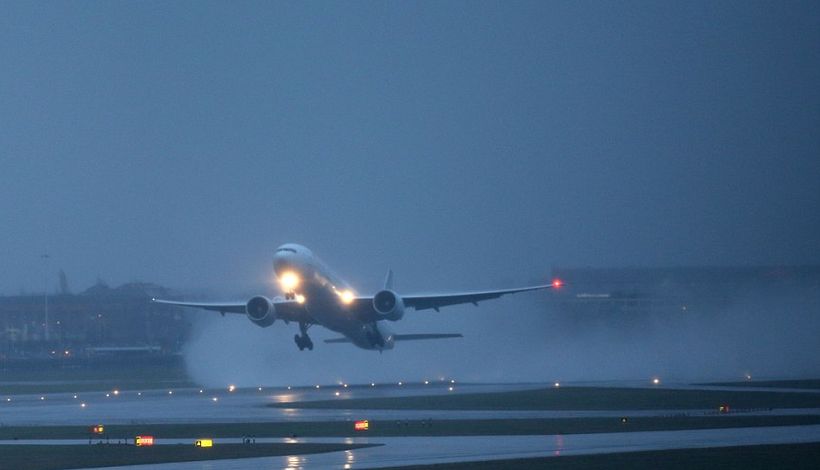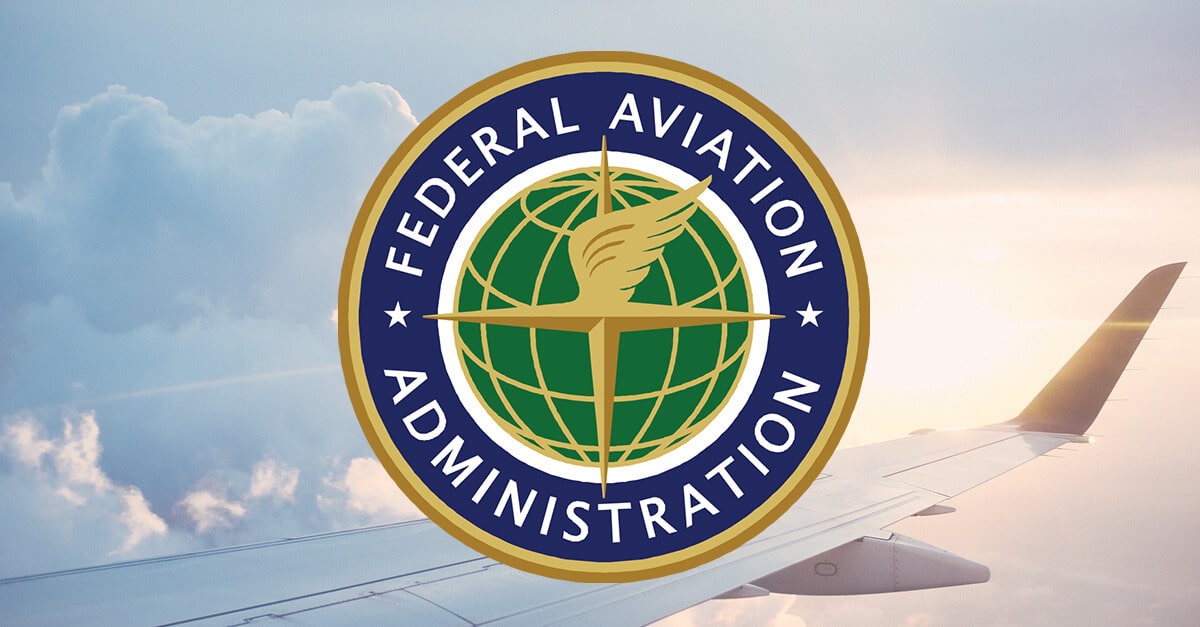US airlines and telecom organizations have been at odds over the transmission of 5G portable administrations due to concerns that the strong signals could interfere with plane frameworks.
Global airlines rejigged several flights as the on-off rollout of 5G mobile in the United States triggered what one airline pilot called a “nightmare” of scheduling for carriers grappling with fast-changing aeroplane restrictions.

Carriers across Asia and a few in the Middle East and Europe said they were dropping a few flights or exchanging models, with a significant part of the underlying disturbance hitting the Boeing 777, for quite a long time, the workhorse of significant distance air travel. Even Dubai’s Emirates, the biggest client of Boeing, started a huge number of industry undoings or aeroplane changes late on Tuesday, saying they would suspend nine U.S. routes.
The new step towards 5G:
The 5G revolution is foot-stepping. It won’t simply offer higher bit rates but, in addition, lower latency, which will make exercises like web-based media and video calls feasible without slack.
To make 5G a reality, remote organizations spent more than $81 billion to purchase the freedom to utilize specific pieces of the radio range – explicitly, the C-band frequencies somewhere in the range of 3.7 and 3.98 GHz. Remote suppliers utilize a range of frequencies to send information among cellphones and transmission stations, similar to telephone towers, that interface those gadgets to the web. Each band of frequencies carries its own benefits and burdens.

C-band is viewed as a sweet spot on the range and is a critical point in remote organizations’ 5G desires. 5G telephones can as of now interface with what’s called the millimetre-wave range, which works at a high recurrence. The millimetre-wave recurrence band upholds high paces and can convey a tonne of information yet doesn’t extend far. The C-band is a middle ground between low-band and millimetre waves, so it covers a lot of regions with pretty high rates. Whenever they’re turned on, these frequencies ought to be to the point of at last beginning to see a genuine contrast somewhere in the range of 5G and 4G in your everyday life.
Why are airlines afraid?
So the issue is the tiny gap between the altimeter frequency and the 5G carrier frequency. Altimeters measure the distance between an aeroplane and the ground, a crucial instrument when arriving at night or during an awful climate.

The C-band frequencies utilized for 5G organizations are near those utilized by the altimeters of planes. Yet, the aviation sector is concerned that the frequencies utilized by the portable organizations are close to those utilized by aeroplanes radio altimeters, which work somewhere in the range of 4.2 and 4.4 GHz.
Impositions to minimize the potential threats:
The FAA has likewise enforced almost 1,500 new limitations on flights working in 5G conditions, such as expanding how much runway certain planes need to land and restricting what sort of equipment pilots can depend on. These guidelines won’t simply affect business planes, but also more modest planes and helicopters, and have as of now unleashed ruin on flight plans.

Considerations by the US government:
Airbus and Boeing had expressed concerns to the US Transportation Secretary in December about the potential risks of interference. Thus, to ensure the safety of the system, the 5G rollout was then delayed until January 19.

To minimize disturbances, the FAA is examining the way that singular altimeter models work when the C-band is turned on. The office said on January 16 that it had endorsed two altimeters utilized in numerous Airbus and Boeing planes, which cleared around 45% of the US business carrier armada to fly when these new 5G frequencies are turned on.
Global risk scenario:
The concerns are not limited to the United States alone. In Europe, 5G organizations were given C-Band frequencies going somewhere in the range of 3.4 and 3.8 GHz, hence giving more distance to those utilized via aeroplane, and no reports of issues have been made with carriers yet, claimed by the telecom authorities. Yet, the US telecom industry’s lobby group, CTIA, has highlighted another model: Japan, where 5G organizations have been given a recurrence range as high as 4.1 GHz, and no cases of interference have been seen yet in Japan.

What can be the measures to mitigate risks?
Just like France, buffer zones can be created that restrict the strength of 5G signals that can protect the last 20 seconds of flight compared to 96 seconds in France. The temporary lower power levels in the United States are 2.5 times higher than in France. Thus, in the United States, mobile base station antennas are not required to be tilted downward as per the FAA.
Conclusion:
Experts said a droop in international flying brought about by pandemic line limitations would restrict its immediate effect, yet the aviation industry leaders have termed this irresponsible.
Following carrier fights over possible impedance, two US remote transporters, AT&T and Verizon Communications decided to postpone turning on the strong new telecom poles close to key air terminals. Finally, Japanese transporters said late on Wednesday they would re-establish dropped flights and U.S. aircraft said that many planes were working regularly after these two telecom transporters consented to defer the rollout at key air terminals.
Also Checkout: India grants financial aid to the Pearl of the Indian Ocean to overcome the forex crisis
















